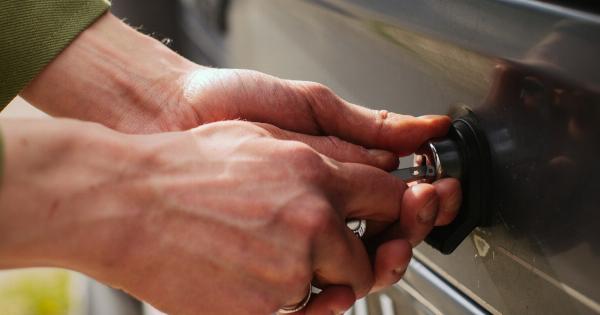Comparing Sexual Fantasies of Men and Women.
Introduction
Sexual fantasies are an integral component of human sexuality, providing an outlet for imagination and desire. While sexual fantasies can vary greatly from person to person, they are often influenced by biological, psychological, and societal factors.
In this article, we will explore the similarities and differences in sexual fantasies between men and women, shedding light on the intricacies of human sexual desires.
The Nature of Sexual Fantasies
Sexual fantasies are vivid imaginings that occur during sexual arousal and can involve various elements such as specific scenarios, locations, characters, or activities.
They allow individuals to explore their desires and engage in mental play, serving as a source of arousal and pleasure. It is important to note that sexual fantasies do not necessarily reflect an individual’s real-life preferences or indicate a desire for a specific action or experience.
Factors Influencing Sexual Fantasies
Several factors contribute to the formation and content of sexual fantasies, including biological, psychological, and social influences.
Biological Influences
Research suggests that biological factors play a role in shaping sexual fantasies. Men tend to have a higher frequency of sexual thoughts and fantasies compared to women, potentially attributed to differences in testosterone levels.
Additionally, evolutionary theories propose that men may fantasize more about multiple partners or sexual novelty as a result of reproductive instincts, while women may prioritize emotional and connection-based fantasies.
Psychological Influences
The psychological makeup of an individual greatly impacts their sexual fantasies. Personal experiences, past traumas, cultural upbringing, and relationship dynamics can all shape the content and nature of these fantasies.
Each person’s unique set of experiences and psychological makeup contributes to their sexual imagination.
Societal Influences
Society plays a significant role in determining the range and acceptability of sexual fantasies. Cultural norms, media representation, and social expectations often influence the themes and content of individuals’ sexual imaginings.
For example, the portrayal of certain fantasies in movies or erotic literature can shape and influence what people find arousing or desirable.
Similarities in Sexual Fantasies
While sexual fantasies can vary widely, there are some common themes that emerge across genders.
H2 Header Title
Body content here.
Differences in Sexual Fantasies
Despite similarities, there are notable differences in the sexual fantasies of men and women.
H2 Header Title
Body content here.
H2 Header Title
Body content here.
H2 Header Title
Body content here.
H2 Header Title
Body content here.
The Impact of Fantasies on Relationships
Sexual fantasies can have a profound impact on relationships, both positive and negative.
H2 Header Title
Body content here.
H2 Header Title
Body content here.
H2 Header Title
Body content here.
H2 Header Title
Body content here.
Conclusion
Sexual fantasies offer individuals a private and imaginative space to explore their desires and experiences.
While there are similarities in the sexual fantasies of men and women, there exist distinct differences influenced by biology, psychology, and societal factors. Understanding and embracing these differences can contribute to open and healthy conversations about sexuality, leading to greater personal and relational satisfaction.


























